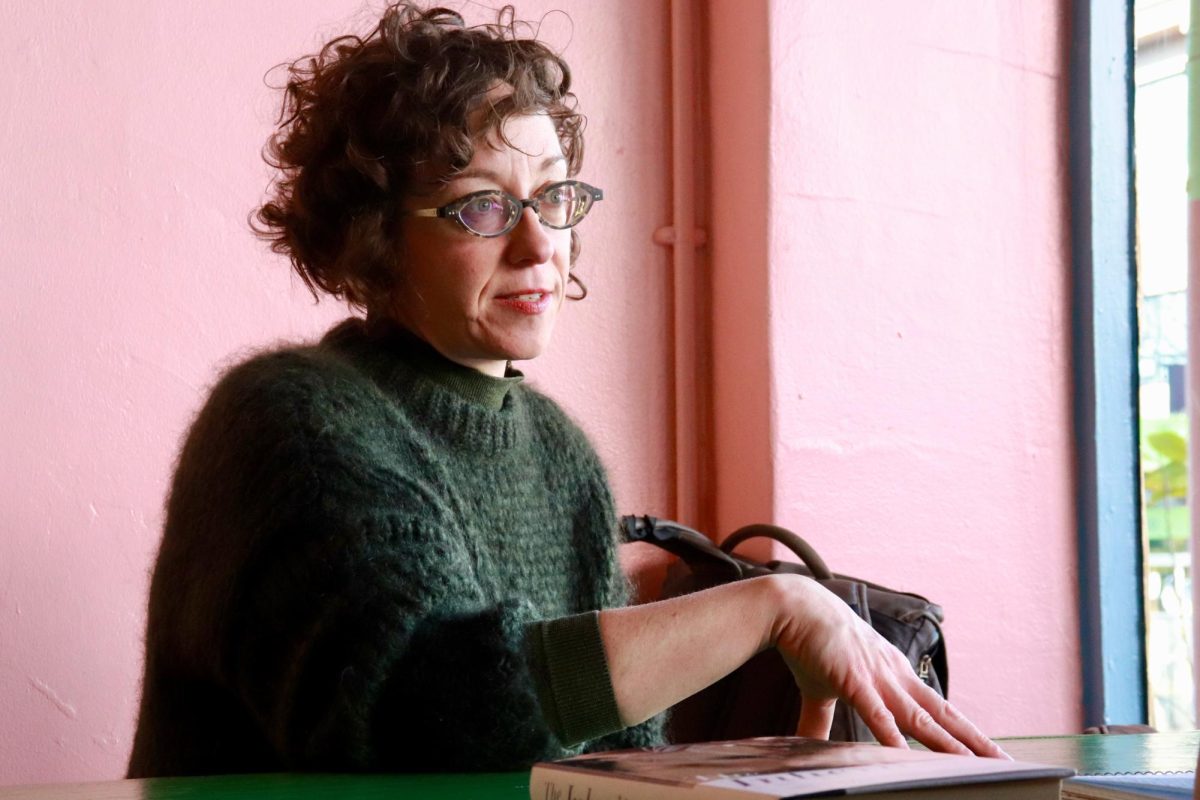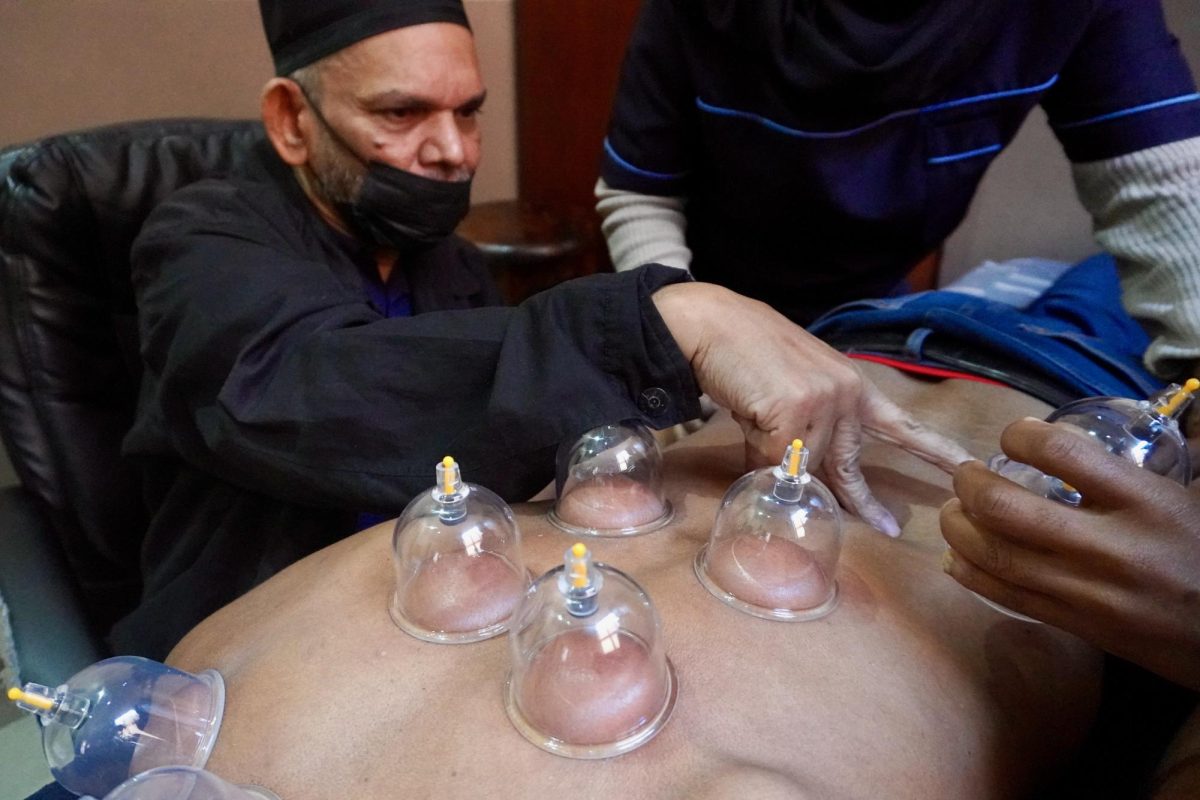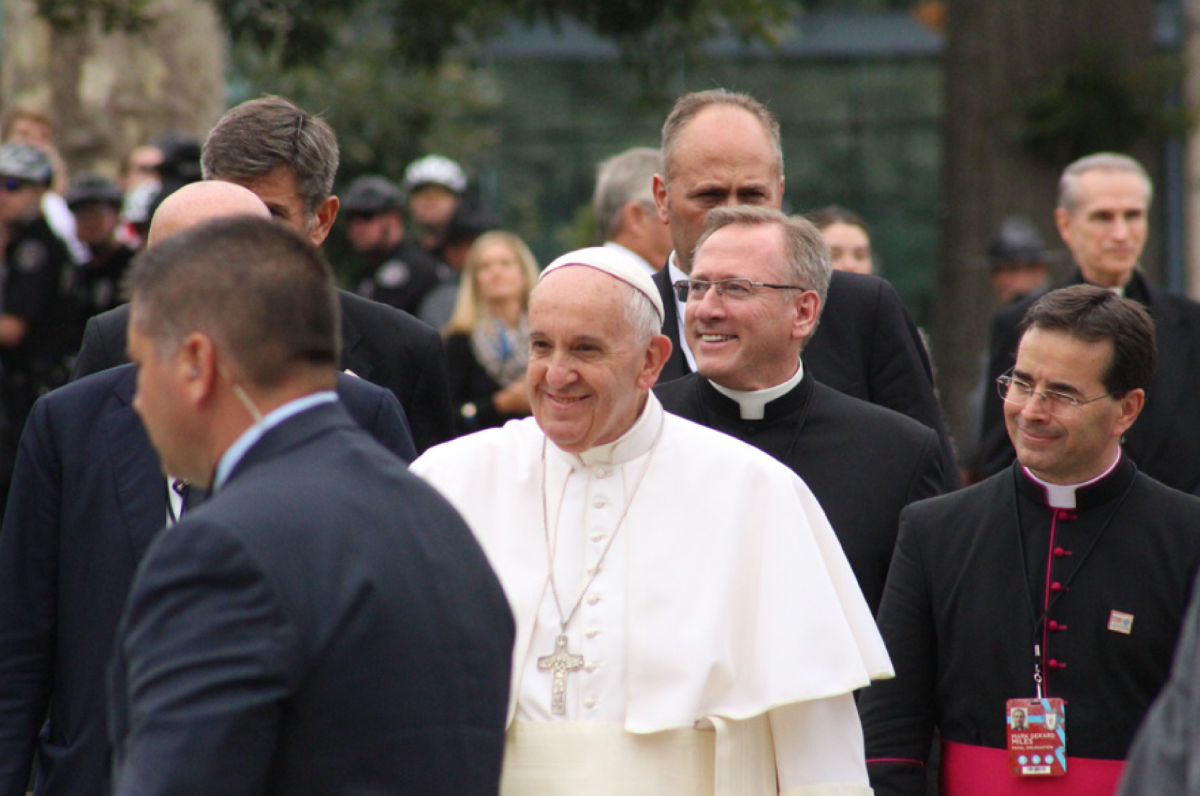The international student population at St. Joe’s has been slowly increasing following a significant decline during the height of the covid-19 pandemic.
During the 2019-20 academic year, there were 275 international students attending St. Joe’s, but that number dropped nearly 27% to 201 students in 2020-21, according to the Office of Enrollment Management. For fall 2023, the number has climbed back up to 288, surpassing the pre-covid population but not quite reaching the levels it had achieved in the past, when over 200 students came from China alone.
“Ten years ago, we had 220 students from China, and now we have 28 [on campus],” said Meryl Halpern, director of the Office of International Students and Scholars. “That’s a national issue; that’s not a St. Joe’s issue. Covid has definitely played a part in that but a lot of other things have, too: political environment, economics, a whole myriad of reasons.”
St. Joe’s international student population reflects national trends, with a dip during the height of covid and a slow increase that has not yet caught back up to pre-covid levels of enrollment, according to data from the Institute of International Education’s Open Doors Report on International Educational Exchange.
Halpern has two theories regarding the relatively low enrollment numbers. One is that St. Joe’s has begun offering many graduate programs exclusively online after covid. Graduate students make up the largest portion of St. Joe’s international student population at 49.7%, with the rest split between doctoral (16.3%) and undergraduate students (34%), but some immigration regulations require a portion of a degree to be obtained in person, meaning there are fewer options for international graduate students considering St. Joe’s.
The second of Halpern’s theories is that the attitude and priorities of international students may be shifting.
“I think that parts of the world are transitioning [away] from, ‘the one thing I have to do to be successful in my life is go to the United States and get a degree.’ All of a sudden, now they realize, maybe that’s not the case,” Halpern said.
Even so, Halpern said she is “cautiously optimistic” that international student enrollment will continue to increase.
Yash Borde, M.A. ’22, an international student from India who got his master’s degree in business analytics from St. Joe’s, said he thinks international students will continue to come to the U.S.
“It’s going to increase because the opportunities and the experience and the exposure, the United States’ skills, no other country can give it,” Borde said. “If you want to build your career, to know how all this giant corporation works, the U.S. is the best place to work.”
To maintain international student enrollment, St. Joe’s may need to invest in more strategies and engagement to draw international students in, said Julie Juan Yu, Ph.D., director of the China program and Chinese program.
“St. Joe’s is at a crossroad,” Yu said. “Continued success in the international market requires strategic action, ongoing investment and immediate action. Despite our success in recent years, the current level of investment will no longer be enough if we wish to continue to grow or even maintain what we have.”
The three leading countries of origin for international students at St. Joe’s are currently China, India and Saudi Arabia, and they have been the top three for at least a decade, Halpern said.
The order of those countries, though, has shifted in recent years, Halpern said. China was consistently the most common country of origin, making up about 24% of the university’s international student population in fall 2018. However, the top spot went to India in the 2021-22 (24%) and 2022-23 (23%) school years.
China and India have also been the top two countries of origin nationally, with Saudi Arabia shifting between third and fourth for many years before eventually falling out of the top ten completely in the 2022-2023 school year, although it remains the third most common country of origin for international students at St. Joe’s.
Another shift in St. Joe’s international student population may stem from St. Joe’s merger with the University of the Sciences in June 2022, Halpern said.
“We definitely have a group from Bangladesh that we never had before that might be merger-related,” Halpern said. “[With] those science degrees that we’ve added, that is the one country where that’s the biggest difference I noticed.”
In fall 2023, China is once again the leading country of origin of St. Joe’s international students, making up about 21% of the international student population, according to the Office of Enrollment Management.
About 60 of St. Joe’s 64 Chinese students are part of the 1+1 Joint Graduate Program in Early Childhood from the Office of China Programs, which allows Chinese students to work towards a master’s degree in education from St. Joe’s and Hunan Normal University (HNU) in China simultaneously.
Yaqin Wang, M.A. ’24, who is part of the 1+1 Program, said she wanted to study in the U.S. to gain a new perspective into the working world.
“[The U.S.] has advanced resources. People always want to progress, and we want to learn, to see how these talented people work here, how do they study, what can we learn from that and then we can do [that] together to help the whole society,” Wang said.
Another draw of St. Joe’s is its status as a Jesuit, liberal arts school, an equivalent of which does not exist in some countries, such as Poland, the home country of Julia Oseka ’25, a physics and theology and religious studies double major.
“If I were to study physics in Poland, I would only be able to study physics, while here, the GEP requirements force me to take certain classes that are definitely not related to physics,” said Oseka. “Because of that, I was able to take Hebrew Bible with Dr. [Julie] Deluty, which was the first religious studies course I took here. That really pushed me to open up a little bit more, and that was exactly what I was looking for.”
Regardless of enrollment numbers, Yu said the presence of international students on campus is important for domestic and international students alike.
“St. Joe’s students, when they see international students on campus, they usually do a good job saying hello and make them feel welcomed. … That’s what I want to see on this campus,” Yu said. “The international students actually contribute to our community and bring more diversity and bring their cultural background for exchange. I want to see them add to an already diverse community.”








































